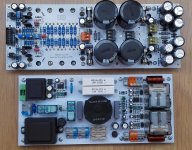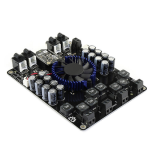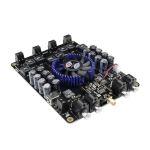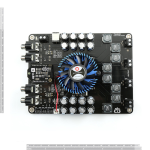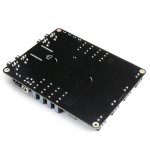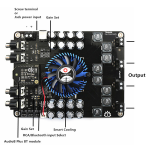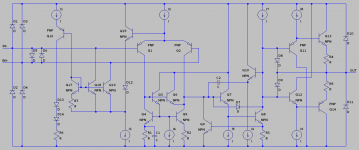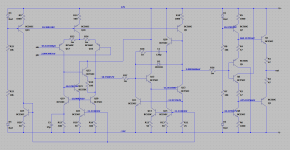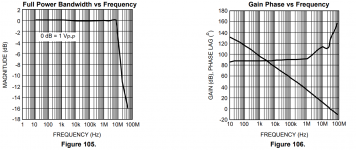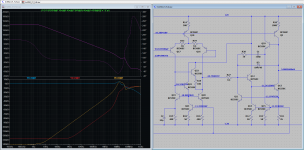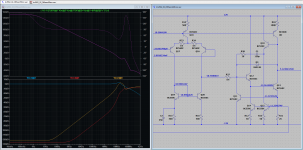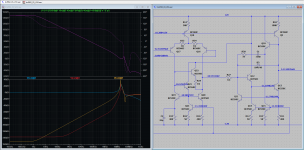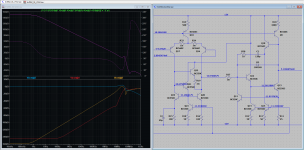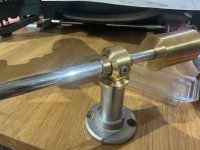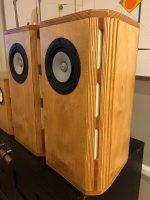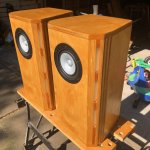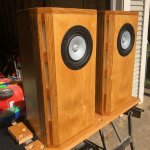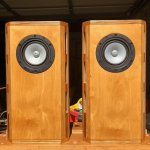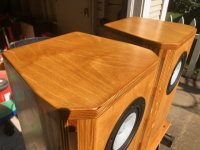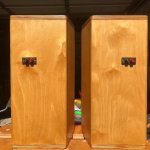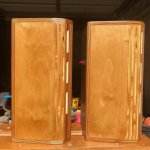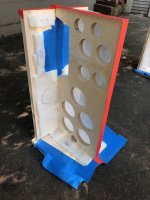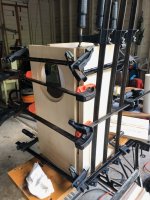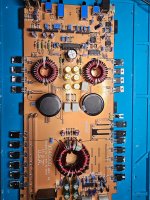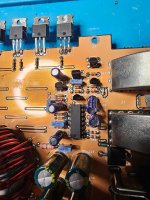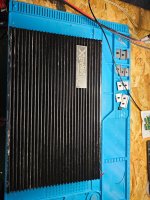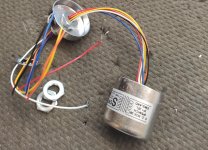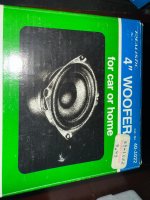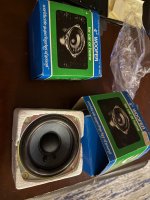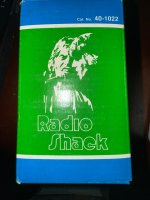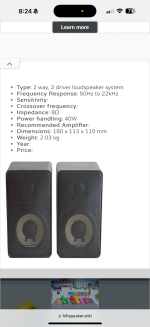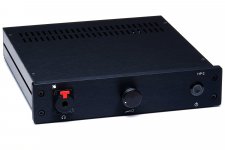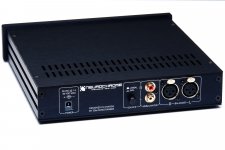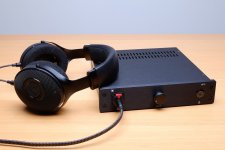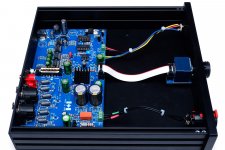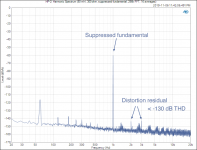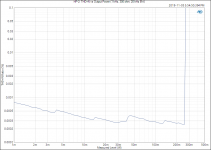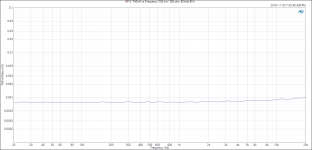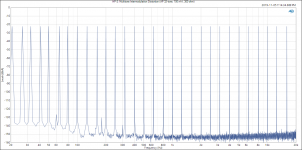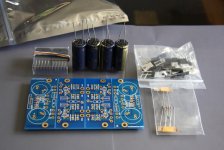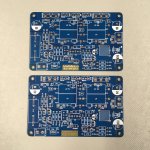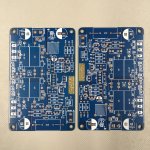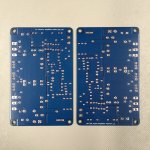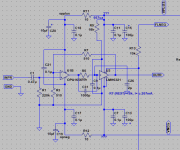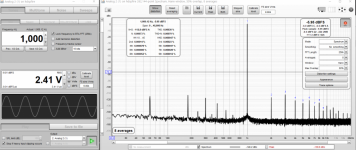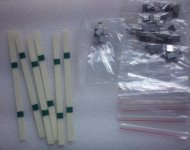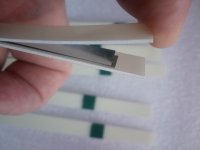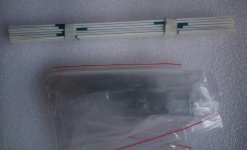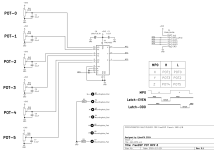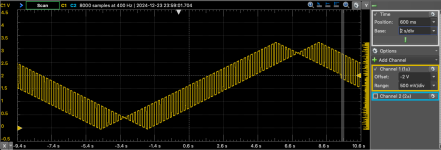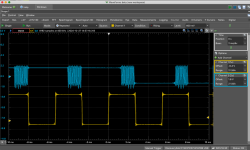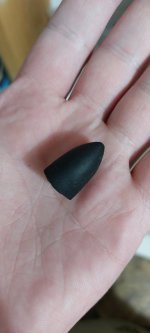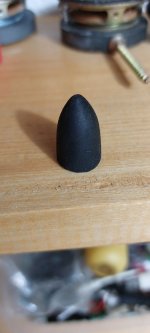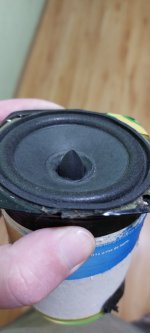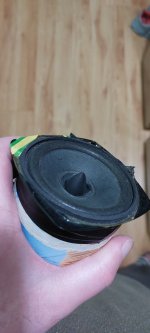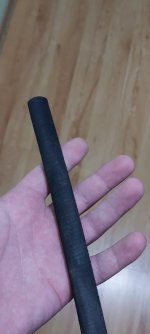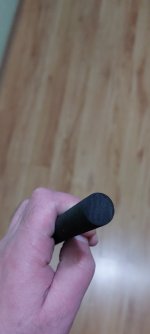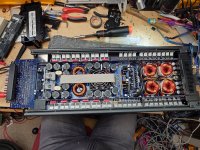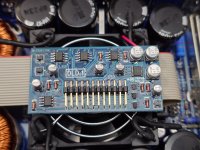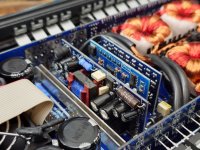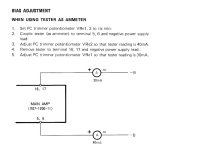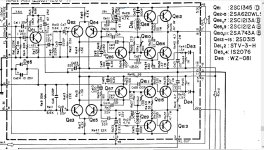After having settled for the drivers and the basic construction (H-baffle with 2 Peerless SLS-10, naked TB-1320 and Neo3), I am now considering what should into go into the equalization and positioning of my first OB speakers.
Especially two points got my attention:
First, the approach of
Dr. Geddes (p. 7 and 9) et al. to broaden the stereo sweet spot by compensating the distance induced SPL loss from the far speaker by an angle induced SPL loss from the near speaker; second,
SL´s recent Orion voicing modifications that supposedly improve imaging and perceived tonal balance and that he traces back to our hearing sensibility varying with frequency and listening angle.
As to the first point:
It is usually said that SPL drops with 6dB per double distance. This drop could be accomodated by positioning the speakers so that the distance from the far speaker is twice that from the near speaker, while the listening angle of the near speaker is 60°, which also produces a 6dB drop in SPL due to dipole directivity. This should roughly give equal SPL from both speakers across a wide sweet spot (while, of course, it doesn´t account for timing differences).
In Floyd Toole´s "Sound reproduction", though, I found a compilation of in-room-measurements of omnidirectional sources as well as of speakers with different directivity characteristics that strongly suggest an SPL drop of 3dB per double distance (fig. 4.13, p. 60). I guess this is due to diffuse or reverberant sound contributing to the measured SPL.
So my questions here are: Do you think my outlined approach is gerenally valid? And if so, which of the numbers for SPL loss should be the starting point?
As to the second point: SL argues that in higher frequency ranges we are more sensitive to sound coming from angles around 30° than to sound coming from the front, making harmonics and overtones sound too bright compared to their fundamentals, which in turn not only leads to a perceivedly unbalanced sound but also to compromised imaging because our brain gets incoherent clues for soundstage reconstruction. (Or at least this is what I understood so far.)
My question here ist this: I found plenty of research on the topic of hearing sensitivity varying with listening angle, still SL seems to be the first to draw these conclusions concerning stereo imaging. So I´m asking myself if his reasoning here ist correct, or if the perceived imbalance of the "old" Orion is really due to dipole blooming in the relevant frequency regions that leads to imbalances in total radiated sound power which in turn could be responsible for the noted effects. What do you think?
Thanks in advance for your feedback & input!
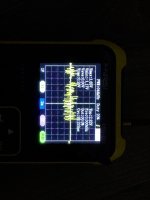
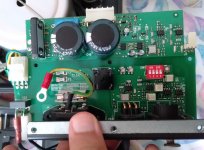
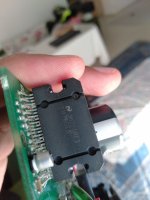
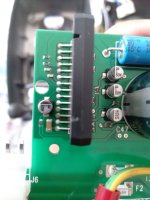
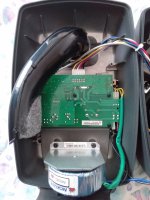
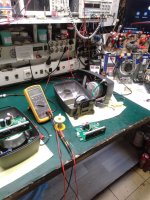
 ]
]